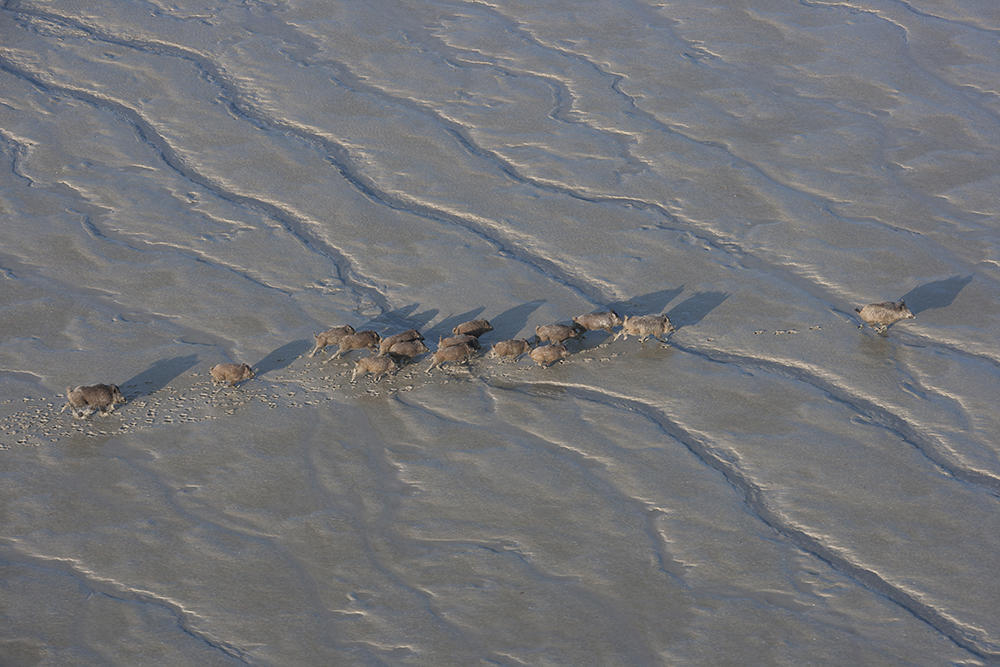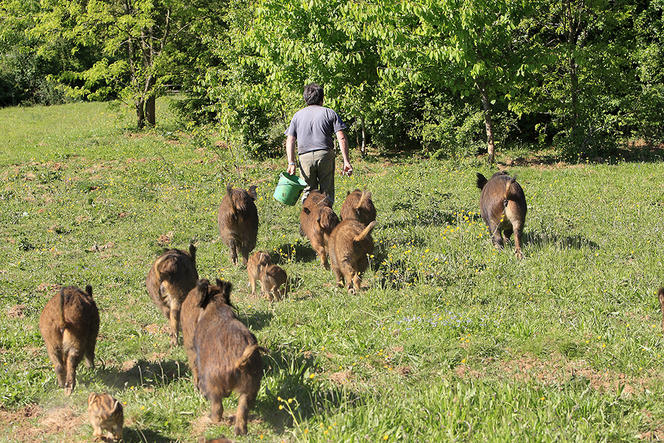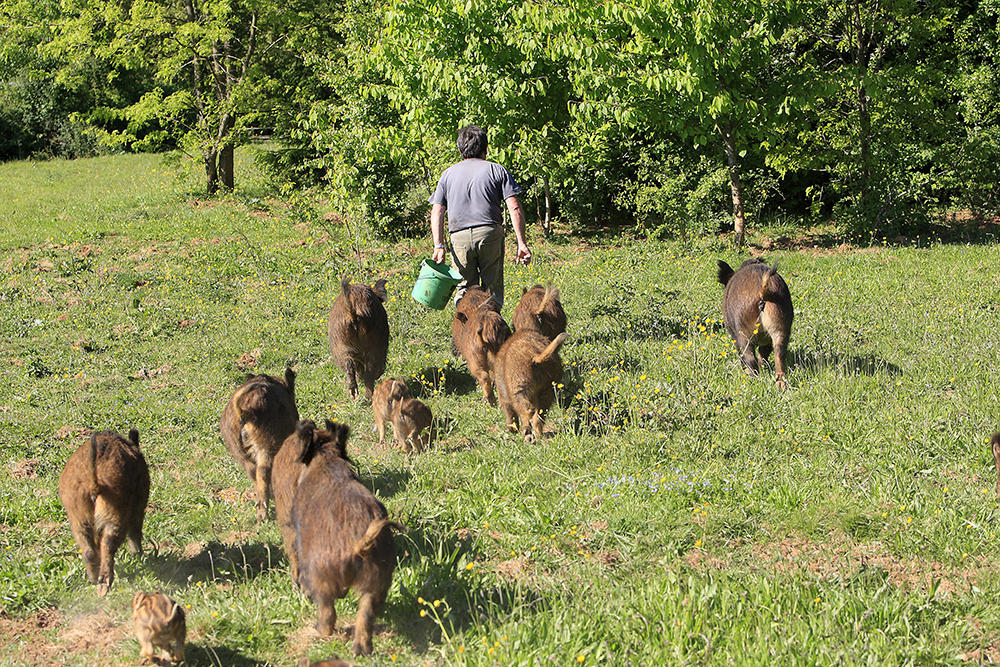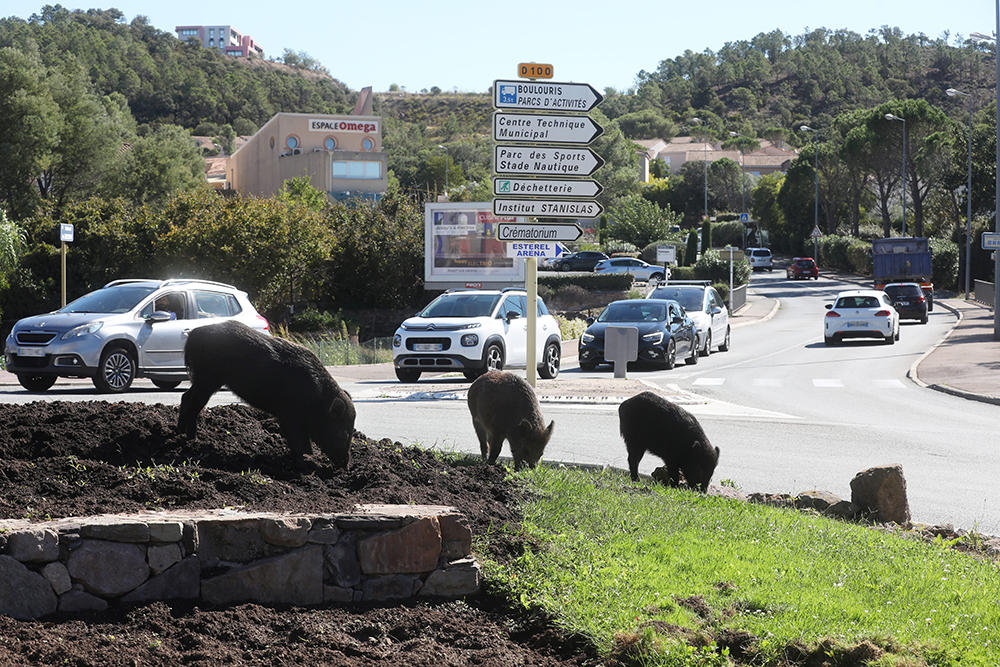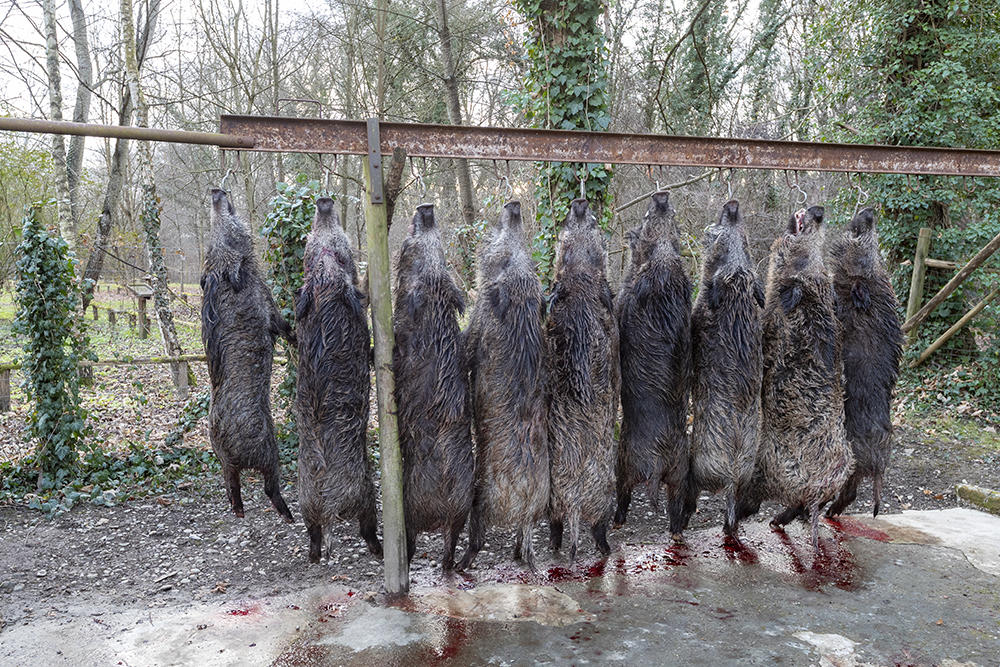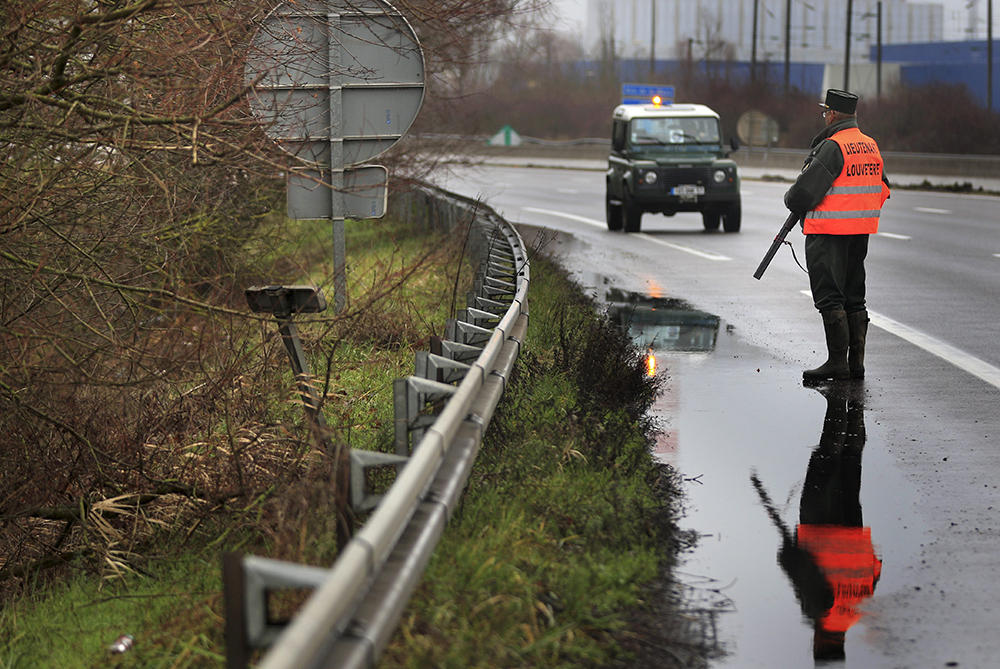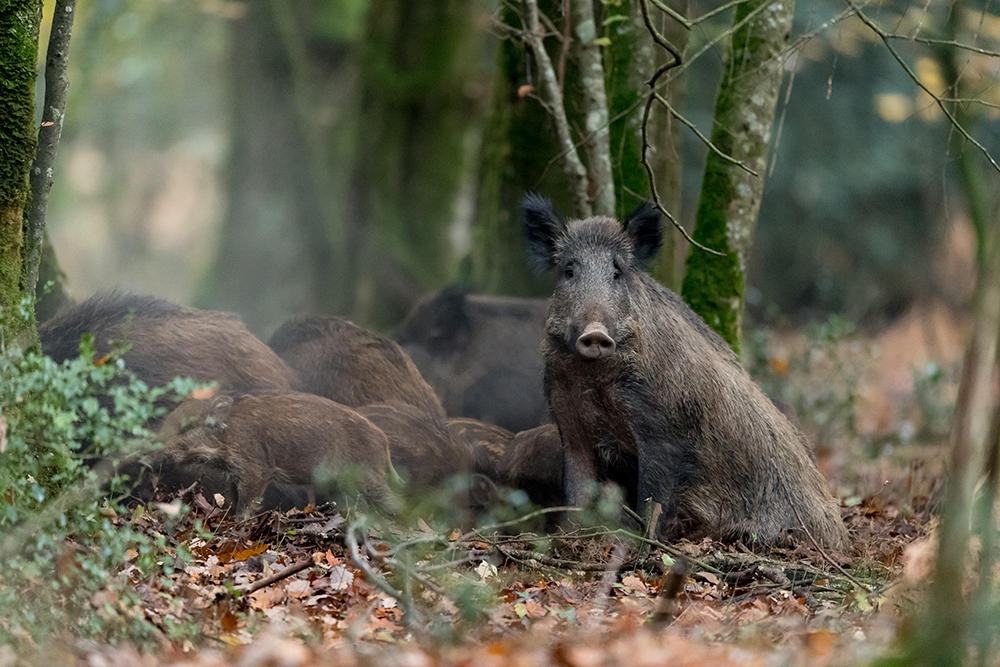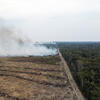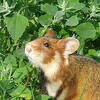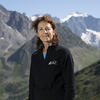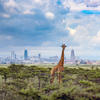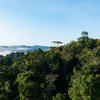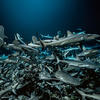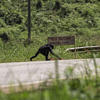You are here
“Humans caused the overpopulation of wild boars”
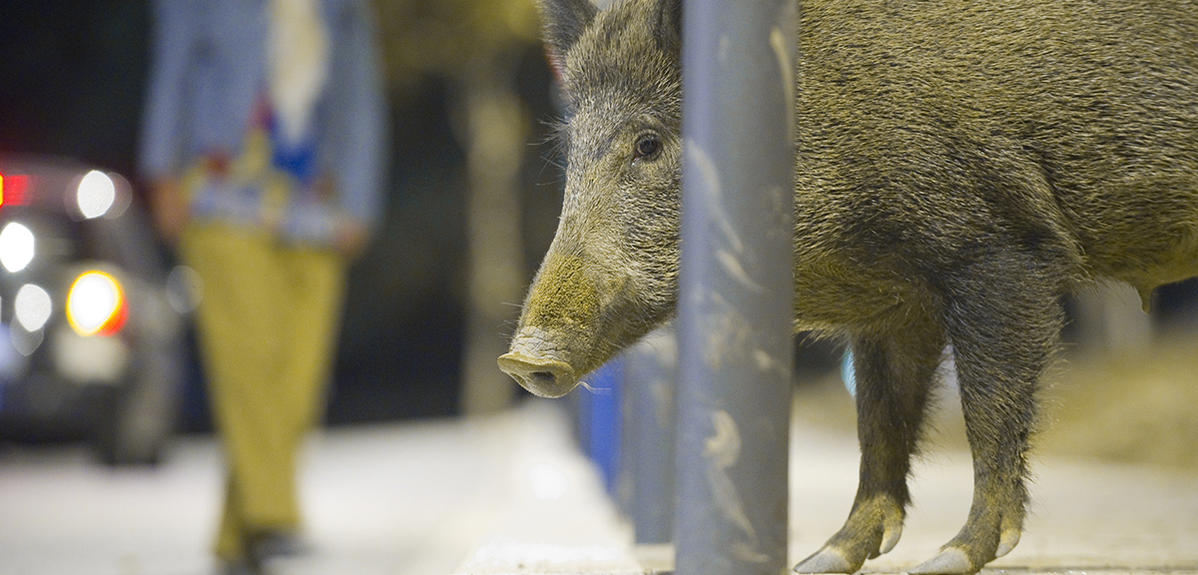
Raphaël Mathevet,1 you are an ecologist and a geographer at the CEFE research centre in ecology and evolutionary ecology. With Roméo Bondon you recently completed a book entitled Sangliers, Géographies d’un Animal Politique (“Wild Boars, the Geography of a Political Animal”). What made you take an interest in this unpopular creature?
R. M.: Only 50 years ago, the wild boar was hardly ever spotted. The very definition of a wild species, it fascinated naturalists and hunters alike. The latter liked to test their courage by taking on this fierce, dangerous creature, which would attack their dogs without hesitation. In Greek mythology, fighting a wild boar was actually one of the Twelve Labours of Hercules! Today the animal seems to be everywhere, on the roadsides and even in our towns. Everywhere we go for our ecological research, from the Alps to the Cévennes mountains to the Camargue wetlands, people are constantly telling us about wild boars and the damage they cause. Disputes also arise, for example with hunting associations accusing protected areas of being refuges for wild boars.
These are no longer seen as a wild species, but rather as an indistinct mass that must be regulated through more intensive tracking and hunting. No one seems to be interested in wild boars. No one, not even the naturalists, stands up for them, as in the case of bears or wolves. We wanted to understand how their status could have changed so quickly, and what it says about our relationship with nature.
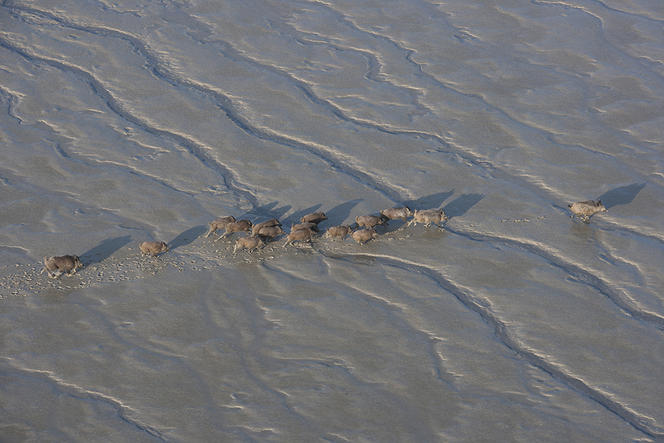
Do we know how many wild boars there are in France today?
R. M.: It’s always difficult to count wildlife populations. The only way to get an idea of the size of this one is to look at the hunting bag records. On a national scale, more than 800,000 individuals were killed in 2021, compared with about 35,000 in the early 1970s – a twenty-fold increase. On this basis, we estimate that wild boars could total more than a million today. In the past, this species was mostly present in forested areas, but now it can be found in every type of environment: seaside, plains, mountains up to an altitude of 3,500 meters, and of course urban environments, especially during drought periods, when it is drawn to watered gardens and parks. The wild boar is an omnivorous animal with a tremendous capacity to adapt.
Why is its population exploding?
R. M.: Several factors are involved. The disappearance of predators like the wolf and the lynx in the first half of the 20th century is part of the explanation. The reduction of agricultural land in environments that are less conducive to farming, such as low mountain regions, and the resulting increase of forestland is another. Forests, which cover 30% of the surface of France today, offer a haven for wild boars along with a supply of their favourite foods, like mushrooms, acorns, beechnuts… Climate change, with its warmer winters, also reduces the natural mortality rate for this mammal. But the real key factor has been the modernisation of agriculture. The uprooting of hedges, the use of insecticides and mechanisation have led to the virtual elimination of small game animals in agricultural areas, including hares, rabbits, partridges, pheasants…
How does the disappearance of small game explain the propagation of wild boars?
R. M.: By the late 1960s, hunting had become a common leisure activity, with no fewer than two million devotees in France – a record number. But the disappearance of small game, their favourite targets, threatened to put an end to it. The idea then emerged of developing the populations of large game, especially wild boars, to offer hunters new prey.
To that end, several measures were implemented – first of all breeding, which made it possible to release individual animals into environments where the wild boar was not or no longer present, along with feeding: grain and damaged vegetables were left out for them, as well as water. So-called ‘conservation’ hunting was established, avoiding the killing of breeding males and dominant sows, which were needed for the cohesion of sounders (herds) of wild boars.
In your book, you also mention the deliberate hybridisation of wild boars and domestic pigs…
R. M.: Yes – in order to increase the reproductive capacity of wild boar populations, breeders were encouraged to crossbreed wild males with domestic females to produce hybrids. The sow, the female domestic pig, can produce a litter of eight to ten piglets, compared with only four to six for a wild sow… With all of these practices, the wild boar has become, so to speak, ‘cynegeticised’: no longer a wild species, it has been turned into a game species, transformed by and for hunting.
When did the situation get out of control?
R. M.: It must be noted that in France, hunters are responsible for managing their region’s wild boar population. In the 1960s farmers lost the right to shoot animals that damaged their crops. On the other hand, the hunting associations agreed to compensate growers for their losses. This system started to break down in the 1990s, when the devastation caused by wild boars began to rise sharply. At the time there were still enough hunters to repay the farmers, but in the 2000s the cost of destructions rocketed from tens to hundreds of thousands of euros, and the hunting associations found themselves severely short of cash…

How much does the damage caused by wild boars cost today?
R. M.: The agricultural damage amounts to €35 million every year. The crops that are most affected are maize and cereals. Wild boars are also a problem for livestock breeders because they dig up the soil in pastures grazed by cows. Not to mention the gardens destroyed in suburban areas… And the nearly 30,000 traffic collisions, a figure due not only to the higher number of wild boars but also to the expansion of France’s road network – which now exceeds a million kilometres! We should keep in mind that the damage caused by wild boars also results from the pervasiveness of human infrastructure throughout the country.
A national plan to control the wild boar population was adopted in 2009. What does it entail?
R. M.: Since 2009, the feeding of wild boars is theoretically banned, as is breeding for release in the wild. But in actual fact these practices have not disappeared, and there is still a great deal of tolerance in certain regions… I have seen this myself, even quite recently. In parallel, there is increasing pressure to hunt this animal, which is now considered a nuisance. It should be noted that the legal hunting season, from 15 September to 31 March, does not apply to the wild boar.
A great many exemptions have been granted, allowing it to be hunted for up to ten months of the year in the most affected regions. In addition, target selection no longer applies: today, hunters are asked to ‘regulate’, which means culling as many animals as possible, whether old or young, male or female… As though we were trying to control an indistinct mass, and not individuals with their own sensitivity and modes of existence.

There is also talk of an ever-increasing number of official control hunts…
R. M.: The so-called ‘official’ hunts are organised upon the initiative of the regional authorities and overseen by a special corps of accredited hunters. In the past few years, more and more such hunts have been held, even in nature reserves, which are blamed for offering a refuge to wild boars. This raises a number of ethical questions: what is the point of a protection zone that protects only certain animals and not others? How should one manage the disruption caused by hunting in an area that is supposed to guarantee peaceful conditions for endangered species? The tension in the regions has become palpable. The hunters themselves, who are shrinking in number as the population ages, are divided on the issue. Some have the feeling they’ve become agents of large-scale destruction and don’t want to participate in this mass control effort.
Your book devoted to the wild boar has a rather surprising format. Each chapter opens with a short text written from the animal’s perspective: a wild boar in its habitat, looking for food, chased by hunters… Why this choice?
R. M.: Animal perspectivism is an increasingly frequent concept among philosophers, and it resonates with naturalists like Roméo Bondon and myself. In order to observe an animal and learn about it, a naturalist tries to think like it, in order to predict how it will behave, where it will go… Seeing things from its perspective is perhaps what has been overlooked and is missing in the current management of the wild boar population.
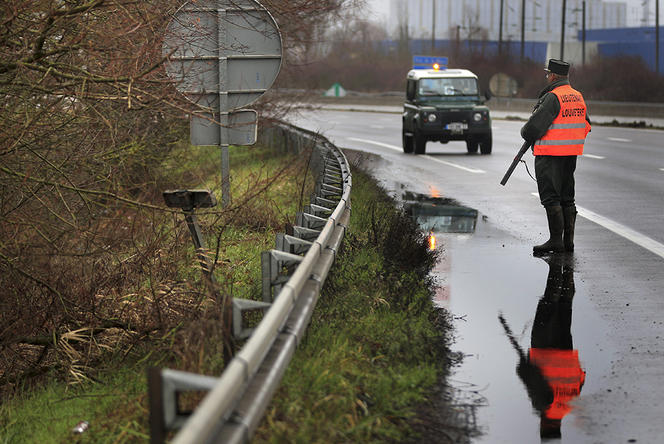
Today we mostly hear the cynegetic narrative, in other words that of the hunters, along with that of the farmers who suffer crop damage, and that of veterinarians, who focus solely on the diseases that wild boars can transmit, like swine fever. For that reason, Roméo Bondon and I wanted to offer not only an objective analysis of the facts, but also a subjective point of view, putting ourselves in the animal’s place: how does it feel to be constantly confronted with humans and their infrastructure, to be tracked by hunters virtually everywhere, all the time?
Doesn’t the example of the wild boar also, in a broader sense, call into question our relationship with nature?
R. M.: For a long time, humankind has taken a managerial approach to nature: we want to be in control and minimise uncertainty. As a result, we are perpetually intervening, even when we claim that we’re trying to restore nature’s autonomy and spontaneity. And these interventions are, to say the least, not always for the better.
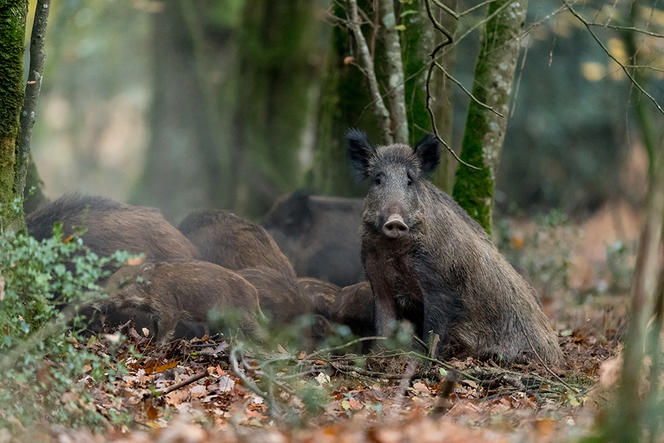
The subject of wild boars instils a dialogue among very different people regarding the role of wildlife in our territories. This book raises the question of how to break out of this permanent control and restore a more sensible, more respectful bond with nature. What kind of cohabitation with wild animals and other living beings can we envision? The responses to local problems concerning wild boars must also take these issues into account. We need to rethink our difficult relationship with nature, as with the killing of animals.
Further reading: Sangliers, Géographies d’un Animal Politique, Raphaël Mathevet and Roméo Bondon, Actes Sud, coll. “Mondes Sauvages”, Oct. 2022, 208 p., €22. E-book €16.99.
- 1. CNRS / EPHE / IRD / Université de Montpellier.



